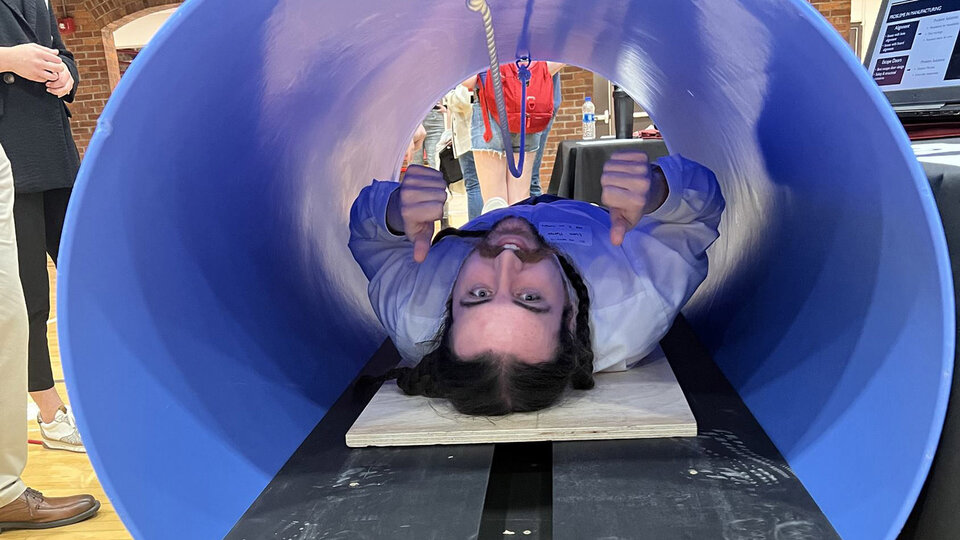Friday, May 2, 2025 / 1:30 - 4 PM / KIEWIT HALL
The College of Engineering’s annual Senior Design Showcase, Nebraska’s premier undergraduate engineering student design event, is scheduled for Friday, May 2 in Kiewit Hall on UNL's City Campus.
This event highlights new and innovative projects from more than 60 teams of graduating seniors from across the college. Their projects reflect real-world professional challenges, environments and, in some cases, collaborations with industry clients to develop products and devices that could have immediate impact.
Resources:
- Kiewit Hall (1700 Vine Street) (Campus map)
- Parking (Maps)
TEAM REGISTRATION
DEADLINE: SUNDAY, APRIL 6, 2025
2025 PROJECTS
(COMING SOON!)
Biological Systems Engineering Department
TBA
Projects will be added as they are submitted by the senior design teams.
Chemical & Biomolecular Engineering Department
TBA
Project #
Civil & Environmental Engineering Department
TBA
Project #
Durham School of Architectural Engineering & Construction
TBA
Project #
Electrical & Computer Engineering Department
TBA
Project #
Mechanical & Materials Engineering Department
TBA
Project #
School of Computing
TBA
Project #
